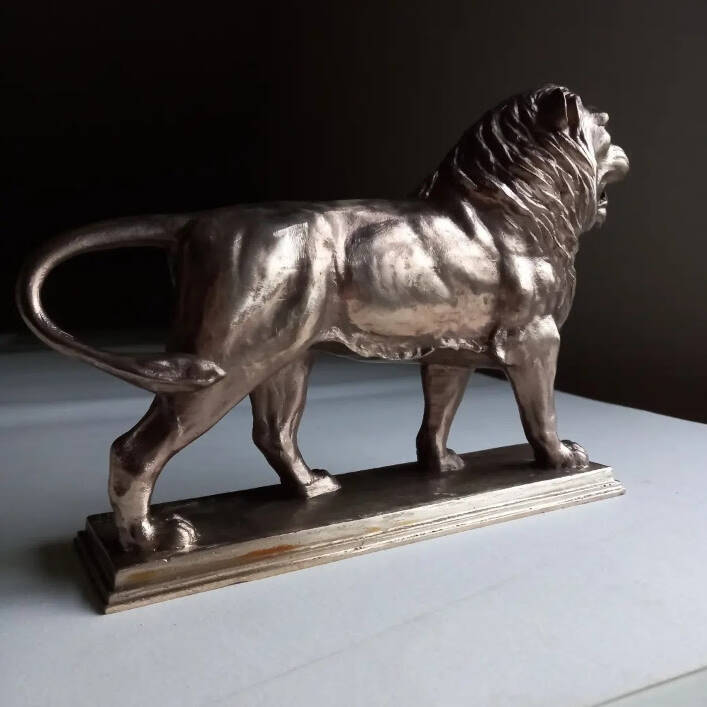BEN JOHNSON RCA
This exhibition is a “mini” retrospective starting with his first painting on canvas using architecture as subject matter "Office Over Seoul” painted in 1973 followed by "James Stirling's History Building + Richard Einzig's Iris Flare,” 1974, through to paintings from his West London studio which are, at this point in time, still works in progress.
Over the years his work has become increasingly complex, especially in the transformation of what is often a photographic image into paint on canvas. As can be seen in the two drawings in this exhibition, drawing has become an increasing preoccupation. “Sala de Dos Hermanas” is in fact a collage of sixty to seventy individual drawing which took nine months in total to complete.
Whilst the drawings are taken very seriously in their own right, they also form the basis for a highly intricate process of creating stencils which are used in the painting process. Even the simplest work may have up to fifty stencils and, in the case of one of his most ambitious and detailed paintings “the Liverpool Cityscape,” many thousands. This painting, which was commissioned by National Museums Liverpool, took three years to make with Johnson working with six full-time assistants over that period. It is now part of the permanent public collection in The Museum of Liverpool.
BARRY DAVIES RCA
'Monumental Form' describes well the direction of my work in a way that conveys the statuary possibilities of the sculptures. All the work here on exhibition has been designed with precisely this in mind, to be potentially scaled up to life-size and beyond, but at the same time offering attractive and compelling sculptures in their current scale.
My concept is to capture a moment of heightened emotion and thought depicted through contrapposto and an active use of space.
The sculptures I create must convey a boldness and dynamic physical presence combined with a sense of movement and elegance. My passion for studying human and animal anatomy has allowed me to portray an emotional almost electrifying event through the muscular tensions within a body or a piercing glare in response to surprise.
When proportioning my work at the design stage I consistently use Phidias’, Golden Ratio 1:1.618 and the Fibonacci sequence, two discoveries from the ancient world and early renaissance respectively found to be prevalent in nature.
If natural history has provided the sculptor with species to depict where within them mathematics exists as an integral part of their form then I believe it’s for the sculptor to identify and understand this and calculate it in his work. Only with this approach will the sculptor achieve an accurate depiction.














